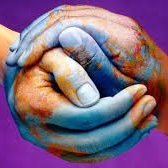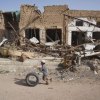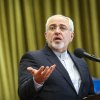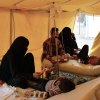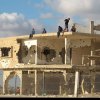
An Agenda for Peace
An Agenda for Peace
The phrase "Right to Peace" was officially recognized by the UN General Assembly in its resolution of 1948 entitled "the Right of People to Peace", and defined it as a fundamental commitment for every country. Furthermore in the first paragraph of article one of the "Reconciliation Principles Declaration", in the UNESCO 1995 conference, states: "People have the right to live in peace, and this right must exist while they are alive". The International Red Cross Conference too in 1969 issued the "Istanbul Declaration" which stated the "right to sustainable peace" is a human right. In 1976 the Commission on Human Rights accepted the "right to life in peace".
It is a subject that in one look, shows that peace is the right of all of Mankind, but the question is in spite of all these laws that have been adopted on peace, why are we witness to war and bloodshed in the world? The clear examples of which are the five year conflicts in Syria, Yemen, Iraq, Palestine, Afghanistan, Pakistan and African countries. All of these wars have caused the deaths of innocent men, women and children.
In the developments following the Cold War we saw that with changes that suddenly took place in the nature of armed conflicts, and unprecedented massacres that took place in the world, in 1992 the Security Council in a sitting that took place with UN member states to prevent the continuation of the massacres, the Security Council asked the then Secretary General Buetros Buetrosghali to present a report on the capacities of the UN for peace. Another question that comes to mind is why in those years the Secretary General forces the Secretary General to present a report for the establishment of peace, so that on its basis prevent the massacres and violence in the world, and we are no longer witness to the Security Council not have the inclination to enter issues such as prevention of war and bloodshed, and even if it does enter such an area, it is solely for the interest of a limited governing member states of the Council.
It seems that another solution must be thought of for the prevention of war and bloodshed and the killing of innocent people arund the world, and that is through the presence and activities of NGOS on the subject of peace who enter the arena more than in the past and prevent the massacres and violence because today the approach to peace is influenced by the role playing of nongovernmental actors.
It seems that in the current conditions of the world, particularly the Middle East region, the power of countries is no longer enough to establish peace. Therefore the role of nongovernmental actors is more highlighted than in the past, and these actors can be suitable tools for resolving the violence crisis in the world, particularly the Middle East.
The recent global events, the horrific killing of civilians, particularly in Syria and Yemen and also proxy wars are indicative of the need direct national security towards human security, and pursue the intervention of the people of the world in global affairs towards peace which is one of the most fundamental values among the people of the world. It seems that this time the subject of "an Agenda for Peace, which the then UN Secretary General had presented must be placed in the agenda of nations so that through this the continuation of war and bloodshed is prevented.
 Reload
Reload